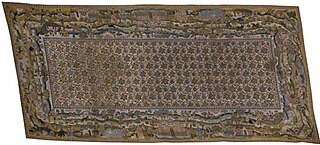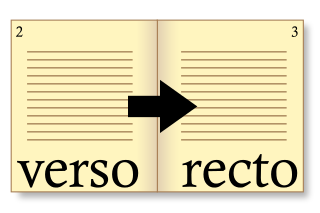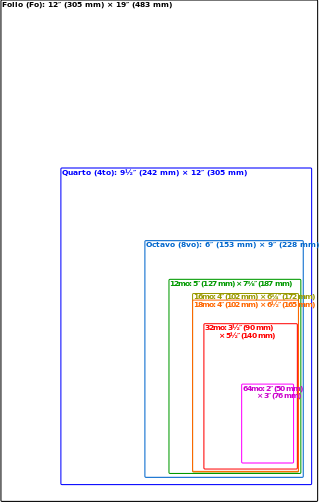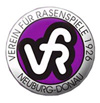
The codex was the historical ancestor of the modern book. Instead of being composed of sheets of paper, it used sheets of vellum, papyrus, or other materials. The term codex is often used for ancient manuscript books, with handwritten contents. A codex is bound by stacking the pages and securing one set of edges, in a form analogous to modern bookbinding. Modern books are divided into paperback and those bound with stiff boards, called hardbacks. Elaborate historical bindings are called treasure bindings. At least in the Western world, the main alternative to the paged codex format for a long document was the continuous scroll, which was the dominant form of document in the ancient world. Some codices are continuously folded like a concertina, in particular the Maya codices and Aztec codices, which are actually long sheets of paper or animal skin folded into pages. In Japan, concertina-style codices called orihon developed during the Heian period (794–1185) were made of paper.

A knife is a tool or weapon with a cutting edge or blade, usually attached to a handle or hilt. One of the earliest tools used by humanity, knives appeared at least 2.5 million years ago, as evidenced by the Oldowan tools. Originally made of wood, bone, and stone, over the centuries, in step with improvements in both metallurgy and manufacturing, knife blades have been made from copper, bronze, iron, steel, ceramic, and titanium. Most modern knives have either fixed or folding blades; blade patterns and styles vary by maker and country of origin.

An eponym is a person, a place, or a thing after whom or for which someone or something is, or is believed to be, named. Adjectives derived from the word eponym include eponymous and eponymic. Eponyms are commonly used for time periods, places, innovations, biological nomenclature, astronomical objects, works of art and media, and tribal names. Various orthographic conventions are used for eponyms.

The Bradford Carpet is a canvas work embroidery made in the early 17th century that originally belonged to the Earl of Bradford at Castle Bromwich.

The Jacobethan architectural style, also known as Jacobean Revival, is the mixed national Renaissance revival style that was made popular in England from the late 1820s, which derived most of its inspiration and its repertory from the English Renaissance (1550–1625), with elements of Elizabethan and Jacobean.

A notebook is a book or stack of paper pages that are often ruled and used for purposes such as note-taking, journaling or other writing, drawing, or scrapbooking.

A bellows or pair of bellows is a device constructed to furnish a strong blast of air. The simplest type consists of a flexible bag comprising a pair of rigid boards with handles joined by flexible leather sides enclosing an approximately airtight cavity which can be expanded and contracted by operating the handles, and fitted with a valve allowing air to fill the cavity when expanded, and with a tube through which the air is forced out in a stream when the cavity is compressed. It has many applications, in particular blowing on a fire to supply it with air.

A hinge is a mechanical bearing that connects two solid objects, typically allowing only a limited angle of rotation between them. Two objects connected by an ideal hinge rotate relative to each other about a fixed axis of rotation, with all other translations or rotations prevented; thus a hinge has one degree of freedom. Hinges may be made of flexible material or moving components. In biology, many joints function as hinges, such as the elbow joint.
In computer science, a tagged union, also called a variant, variant record, choice type, discriminated union, disjoint union, sum type, or coproduct, is a data structure used to hold a value that could take on several different, but fixed, types. Only one of the types can be in use at any one time, and a tag field explicitly indicates which type is in use. It can be thought of as a type that has several "cases", each of which should be handled correctly when that type is manipulated. This is critical in defining recursive datatypes, in which some component of a value may have the same type as that value, for example in defining a type for representing trees, where it is necessary to distinguish multi-node subtrees and leaves. Like ordinary unions, tagged unions can save storage by overlapping storage areas for each type, since only one is in use at a time.

Recto is the "right" or "front" side and verso is the "left" or "back" side when text is written or printed on a leaf of paper in a bound item such as a codex, book, broadsheet, or pamphlet.

A table is an item of furniture with a raised flat top and is supported most commonly by 1 to 4 legs. It is used as a surface for working at, eating from or on which to place things. Some common types of tables are the dining room tables, which are used for seated persons to eat meals; the coffee table, which is a low table used in living rooms to display items or serve refreshments; and the bedside table, which is commonly used to place an alarm clock and a lamp. There are also a range of specialized types of tables, such as drafting tables, used for doing architectural drawings, and sewing tables.
A pivot table is a table of values which are aggregations of groups of individual values from a more extensive table within one or more discrete categories. The aggregations or summaries of the groups of the individual terms might include sums, averages, counts, or other statistics. A pivot table is the outcome of the statistical processing of tabularized raw data and can be used for decision-making.

Book design is the art of incorporating the content, style, format, design, and sequence of the various components and elements of a book into a coherent unit. In the words of renowned typographer Jan Tschichold (1902–1974), book design, "though largely forgotten today, [relies upon] methods and rules upon which it is impossible to improve, [and which] have been developed over centuries. To produce perfect books, these rules have to be brought back to life and applied". Richard Hendel describes book design as "an arcane subject", and refers to the need for a context to understand what that means.

The size of a book is generally measured by the height against the width of a leaf, or sometimes the height and width of its cover. A series of terms is commonly used by libraries and publishers for the general sizes of modern books, ranging from folio, to quarto (smaller) and octavo. Historically, these terms referred to the format of the book, a technical term used by printers and bibliographers to indicate the size of a leaf in terms of the size of the original sheet. For example, a quarto historically was a book printed on sheets of paper folded in half twice, with the first fold at right angles to the second, to produce 4 leaves, each leaf one fourth the size of the original sheet printed – note that a leaf refers to the single piece of paper, whereas a page is one side of a leaf. Because the actual format of many modern books cannot be determined from examination of the books, bibliographers may not use these terms in scholarly descriptions.

SC Borea Dresden are a German association football club from the city of Dresden, Saxony. The club dropped the name FV Dresden-Nord on 1 July 2007 and adopted its current name to help encourage new sponsorship support. Boreas is the Greek god of the North Wind.

A gateleg table is a type of furniture first introduced in England in the 16th century. The table top has a fixed section and one or two hinged leaves, which, when not in use, fold down below the fixed section to hang vertically.

A folding table is a type of folding furniture, a table with legs that fold up against the table top. This is intended to make storage more convenient and to make the table more portable. Many folding tables are made of lightweight materials to further increase portability.

Quarto is the format of a book or pamphlet produced from full sheets printed with eight pages of text, four to a side, then folded twice to produce four leaves. The leaves are then trimmed along the folds to produce eight book pages. Each printed page presents as one-fourth size of the full sheet.

The term "folio" has three interconnected but distinct meanings in the world of books and printing: first, it is a term for a common method of arranging sheets of paper into book form, folding the sheet only once, and a term for a book made in this way; second, it is a general term for a sheet, leaf or page in (especially) manuscripts and old books; and third, it is an approximate term for the size of a book, and for a book of this size.

The VfR Neuburg is a German association football club from the town of Neuburg an der Donau, Bavaria.


















